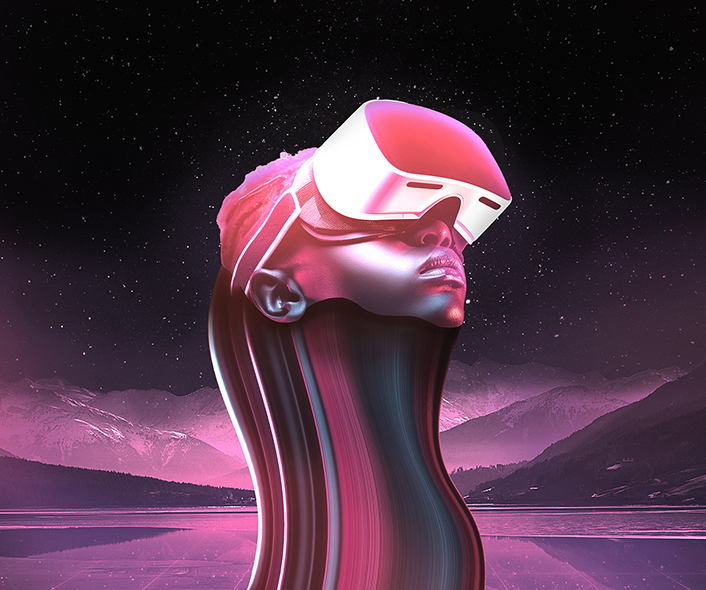Virtual Horizons: The Evolution of AR and VR
Augmented Reality (AR) and Virtual Reality (VR) are no longer concepts of science fiction; they are rapidly becoming integral parts of our everyday lives, transforming industries from gaming and entertainment to healthcare and education. Companies like Google and Meta (formerly Facebook) are at the forefront of this technological revolution, alongside numerous other innovators providing AR and VR products.
This article explores the current state of AR and VR, the challenges faced, the solutions developed, and the promising future of these technologies, covering both commercial and workplace use cases.
The Rise of AR and VR
AR and VR technologies have seen significant advancements over the past decade. AR overlays digital information onto the real world through devices like smartphones and AR glasses, enhancing our perception of reality. In contrast, VR immerses users in a completely digital environment, typically using VR headsets. Google has been a key player in the AR space with products like Google Glass, which, despite its initial market challenges, paved the way for subsequent innovations. Meta has made substantial investments in VR through its Oculus line of products, aiming to create a comprehensive virtual ecosystem. Other notable companies in this field include Microsoft with its HoloLens, HTC with the Vive, and Sony with its PlayStation VR.
This content is restricted to site members. If you are an existing user, please log in. New users may register below.

